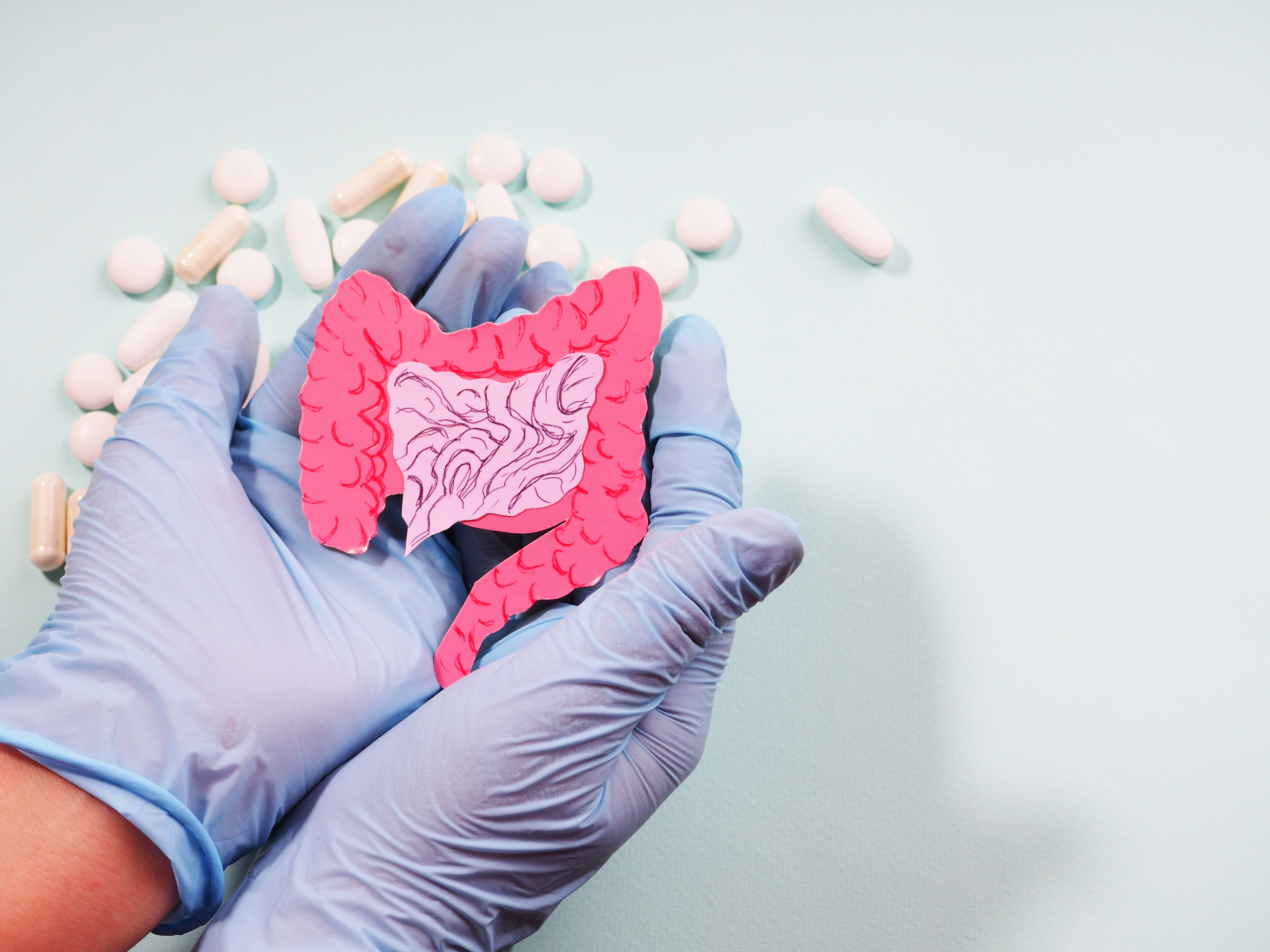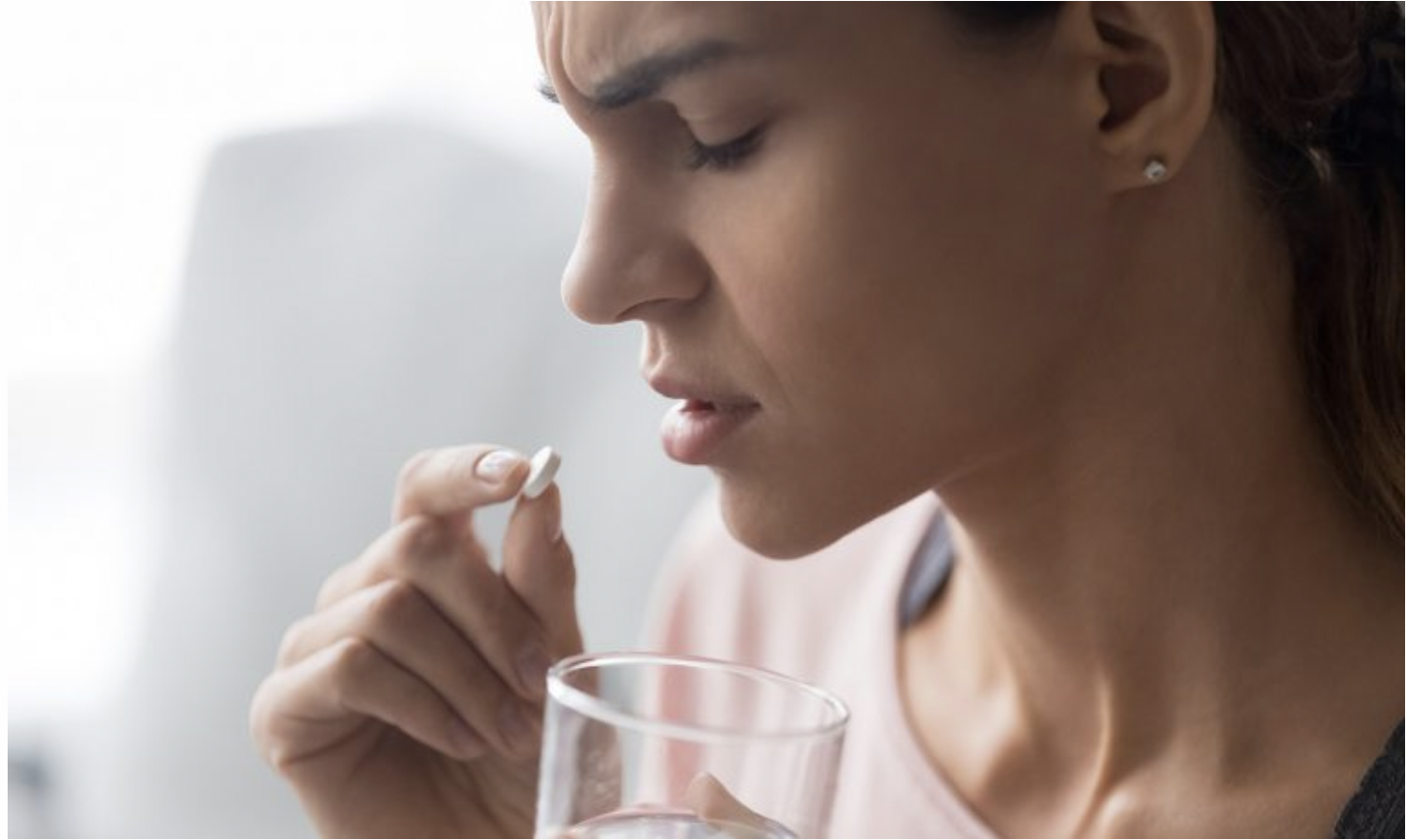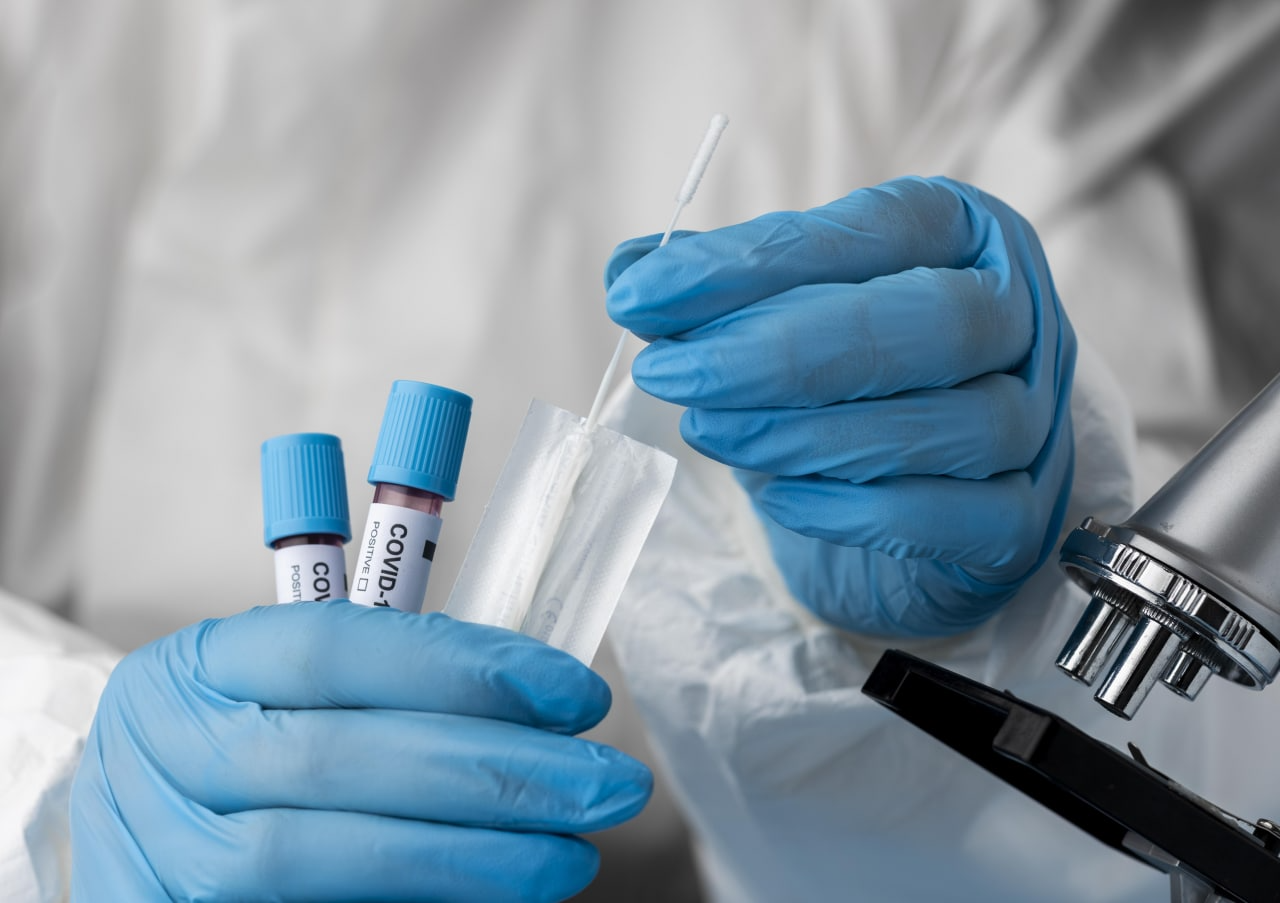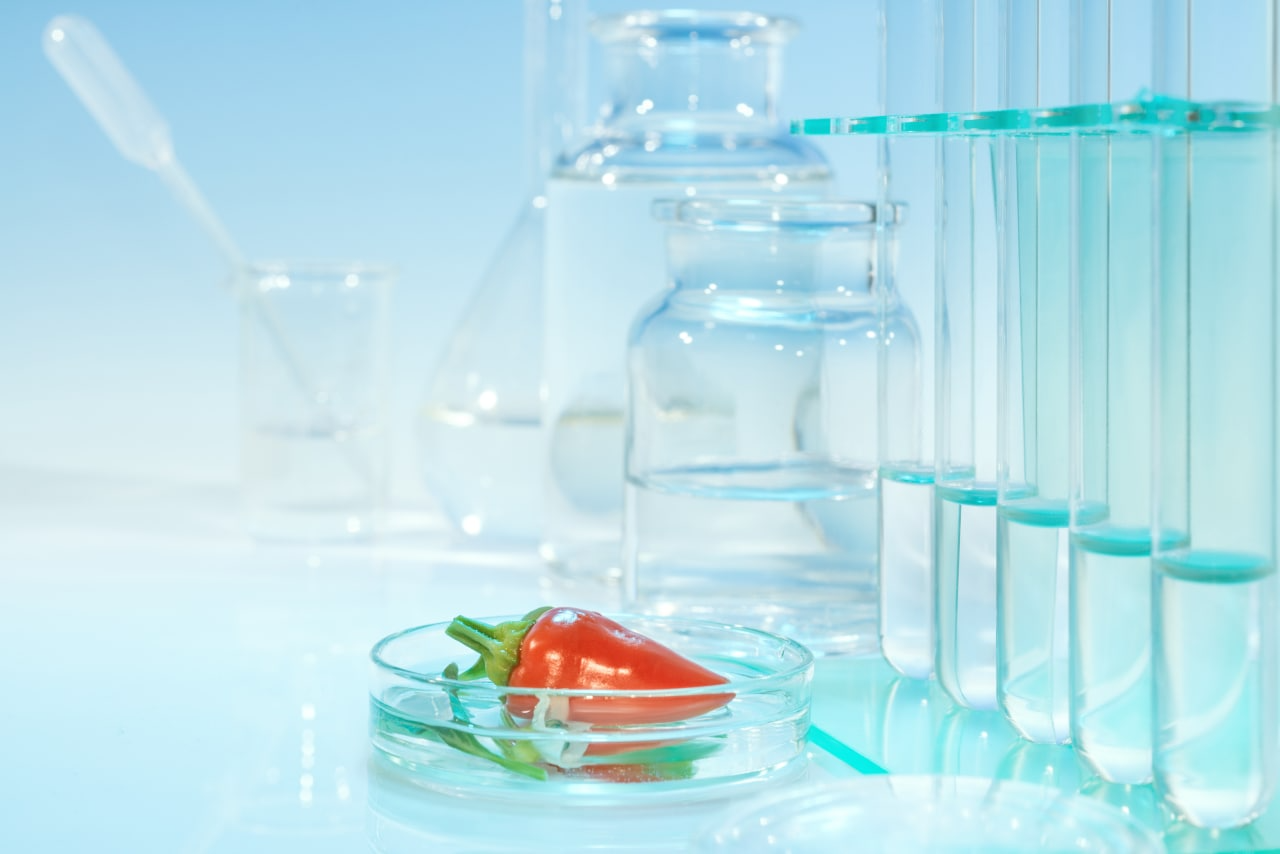Dysbiosis is one of the most controversial conditions causing discussions among doctors and scientists. On the one hand, the disease "dysbacteriosis" does not exist: there is no such diagnosis in international classification of diseases (ICD-10), and on the other hand, practice and many studies indicate the opposite: dysbacteriosis is real and is associated with a number of complications, including serious ones, e.g. pseudomembranous colitis with 2% mortality rate. We have answers to the most resonant questions about this controversy.
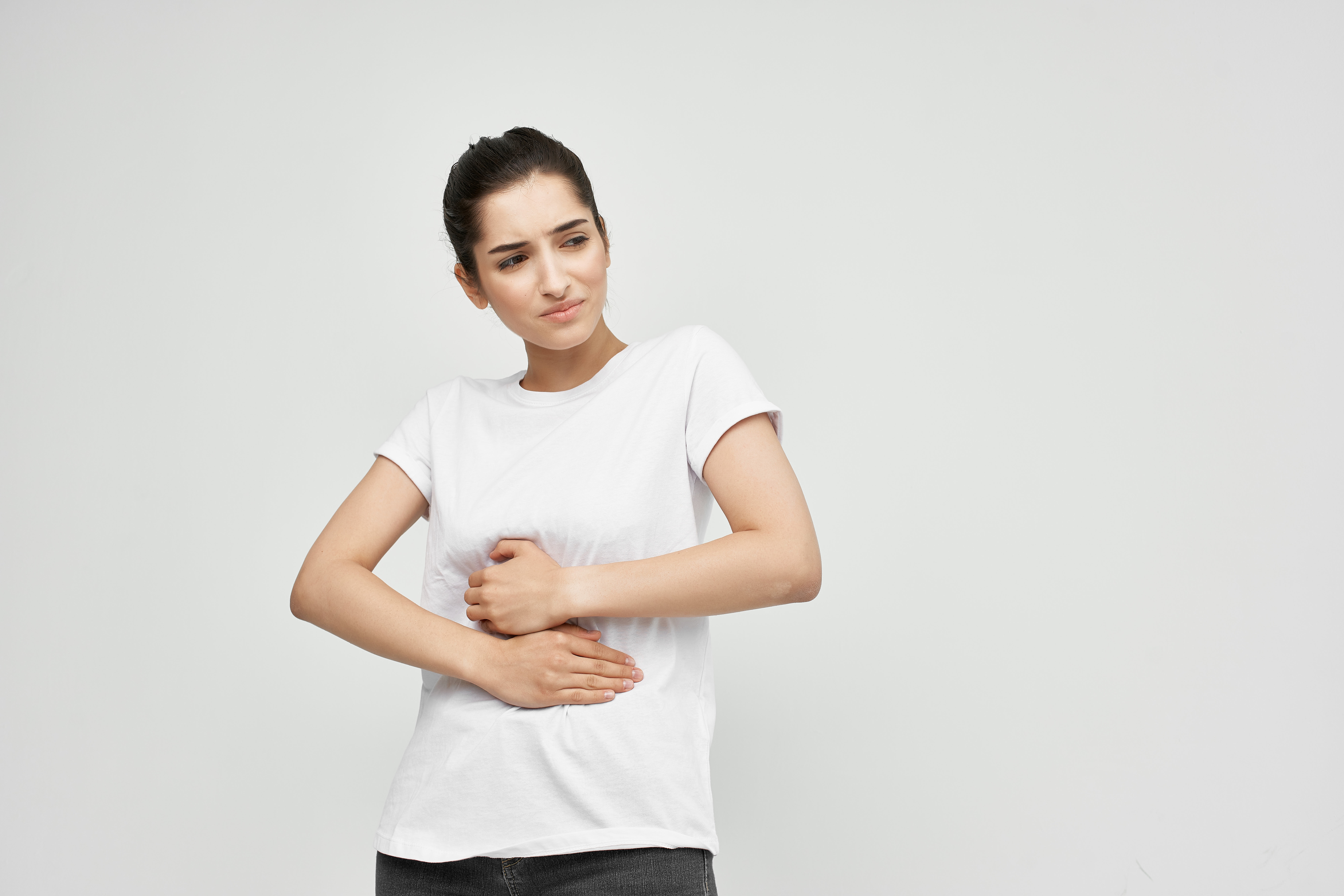
1. Is there a clear definition of a normal microbiome?
There is no concept of a norm in relation to the microbiome: it is special for each person. The microbiome includes all bacteria, viruses, fungi, archaea, eukaryotes which inhabit the body. The gut microbiome is often referred to as the second human genome1, a distinct "organ" with distinct metabolic and immune activities. The human gut contains approximately 100 trillion microbes, represented by 5 000 different species. The total weight of the gut microbiome is about 2 kg2. In addition, the microflora is also represented on the skin, in the oral cavity, and the vagina. Our understanding of the "normal" pattern of microflora is still "rudimentary", so there can be no question of any norm.
2. What role does the gut microbiota play in digestion?
The gut microbiota is an integral part of the digestive and nutritional system. It can generate nutrients from substrates that are digested only with its participation. Thus, the ability to digest xyloglucans, which are found in dietary vegetables such as lettuce and green onions, was found in some species of Bacteroides3.
Microbes release short-chain fatty acids from indigestible dietary fibers, which are an important source of energy for the intestinal mucosa and are critical for modulating immune responses. Indigestible dietary fiber is also essential to prevent tumorigenesis in the intestine, especially to reduce the risk of colon cancer.
3. What is understood today by dysbiosis?
There are a number of limitations to the basic definition of dysbiosis, first of all, due to the huge individual variability of microbiota taxonomic composition in healthy people. Variability depends on many factors – from geographical location to dietary habits and age. In addition, the microbiome is able to adapt to altered conditions, which can have both negative and positive health consequences. Therefore, today dysbiosis is defined as the state of the microbial community, statistically associated with any disease and functionally contributing to the understanding of its etiology, diagnosis and treatment4.
4. Is it true that the microbiome affects the immune defense of the body?
Yes, the microbiota controls innate and adaptive immunity through mechanisms including the production of antimicrobial peptides and IgA. The intestinal microflora supports the synthesis of immunoglobulins, participates in the maturation and functioning of immunocompetent cells, stimulates the formation of B-lymphocytes, plasma cells, regulates the content of lysozyme, complement and its fractions, increases protective properties of the intestinal lining, increases phagocytic activity, increases T-cell population5.
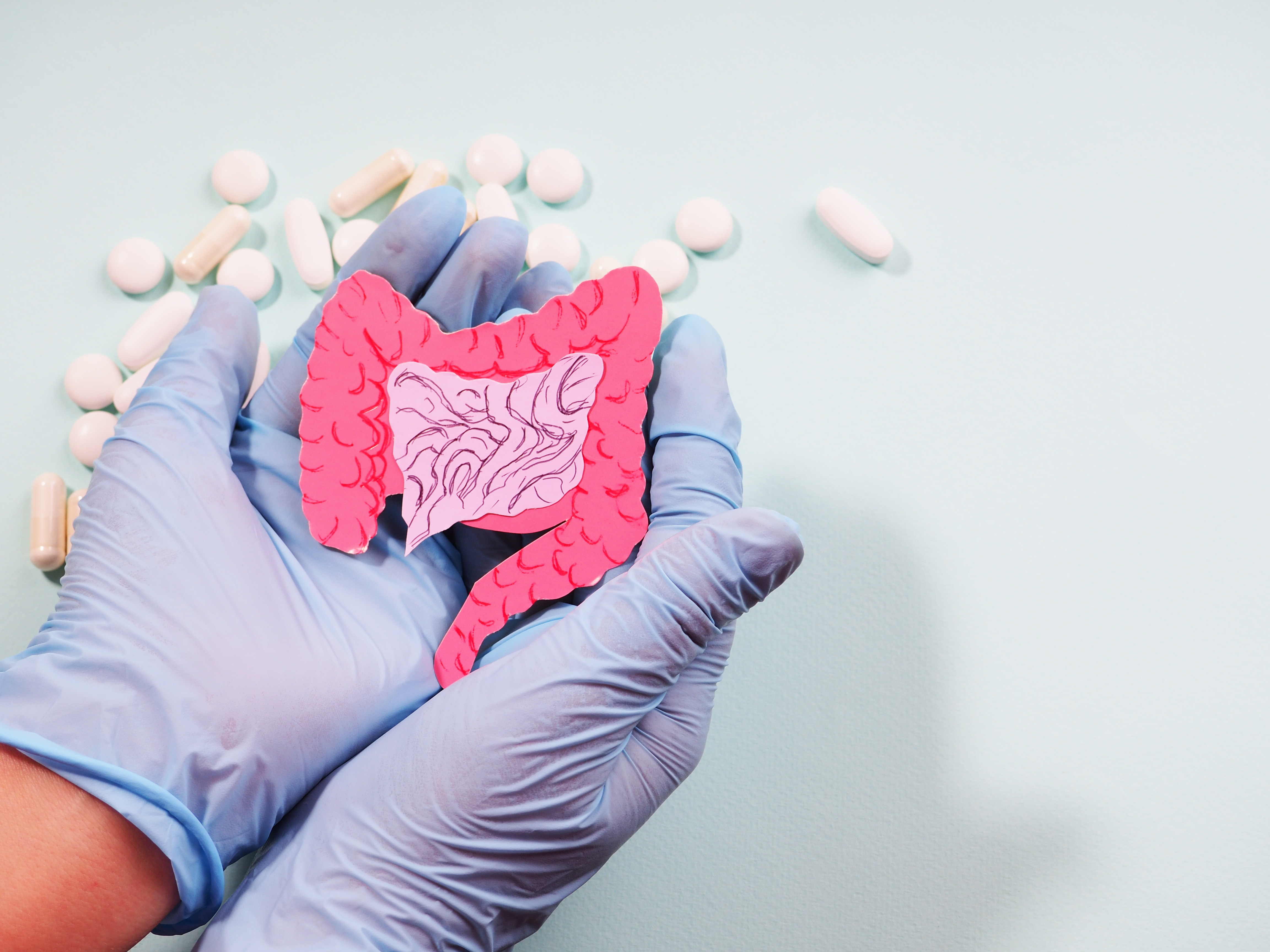
5. When does Clostridium difficile infection (pseudomembranous colitis) develop?
Clostridium difficile infection is a prime example of a disease that manifests itself due to critical changes in the intestinal microbiota and is effectively treated by normalization of microflora balance. Clostridium difficile can asymptomatically colonize the large intestine: approximately 2–5% of the adult population carry the bacterium. Pathogenic strains produce many toxins: enterotoxin and cytotoxin are studied most of all6. They cause diarrhea and inflammation.The infection is transmitted from person to person by the fecal-oral route. However, some risk factors greatly outweigh the likelihood of Clostridium difficile infection. First of all, this is the use of antibiotics – fluoroquinolones, cephalosporins, clindamycin which change the composition, balance and functional activity of obligate intestinal microflora and its metabolic function. Alterаtions in digestion and absorption of carbohydrates and fiber lead to excess water secretion and osmotic diarrhea7.
6. Why does dysbiosis develop?
There are several causes of dysbiosis, and the most common are infection and inflammation. The molecular mechanisms changing the composition of gut microflora are diverse and include:
- nutrient absorption
- competition between bacteria
- horizontal gene transfer
- exposure to antimicrobial peptides.
Diet has a long-term impact on microflora. Scientists have shown that a diet high in animal fats is associated with a less diverse microbiota compared to a diet rich in fruits and vegetables. Acetaldehyde, a product of ethyl alcohol metabolism, promotes the phosphorylation of proteins in tight junction epithelium, causing direct damage. Also alcohol alters the composition of the gut microbiota, increasing the number of gram-negative bacteria in it8.
Circadian rhythm disturbance, pregnancy, trauma, antibiotics, and some other factors can also lead to dysbiosis4.

7. How does dysbiosis affect the state of the digestive tract?
The gut microbiota is involved in a number of gastrointestinal diseases, including irritable bowel syndrome, celiac disease, and colorectal cancer. For each of these pathologies, changes in intestinal microflora are described, but no patterns could be identified. An association has been shown between gut microbial dysbiosis and inflammatory diseases such as Crohn's disease and ulcerative colitis. Patients show a decrease in the microbial population, functional diversity and stability of the intestinal microflora with a decrease in the number of specific Firmicutes, an increase in Bacteroidetes and facultative anaerobes such as Enterobacteriaceae9. However, a distinct relationship between gastrointestinal diseases and microflora balance is difficult to determine.
8. What is the most powerful tool influencing the balance of microflora?
Diet appears to have the strongest influence on the gut microbiome. Emulsifiers and detergent-like compounds of processed foods can damage the intestinal mucosa and lead to leaky gut syndrome and systemic inflammation, which in turn is associated with inflammatory diseases such as diabetes and cardiovascular disease. Conversely, dietary fiber, including food-based resistant starch, stimulates fermentation and promotes microbiome diversity10.
9. Can popular probiotic supplements restore microflora balance?
Scientists have conducted many studies on probiotics, but it is still difficult to give a definite answer to the question of whether they are good for health. On the one hand, probiotic supplements have shown promise for the prevention of antibiotic-associated diarrhea, including Clostridium difficile-associated diarrhea, necrotizing enterocolitis. However, in most cases, it is not known which probiotics are actually beneficial. It is unclear how long probiotics need to be taken to achieve a stable positive effect. To answer these and other questions large-scale clinical studies examining viability, dosage, and other important aspects of probiotic use are needed11.
Bibliography
- Grice E.A., Segre J.A. The human microbiome: our second genome. //Annu Rev Genomics Hum Genet. 2012;13:151–170.
- Flint H.J. The impact of nutrition on the human microbiome // Nutr Rev. 2012;70(Suppl 1):S10–13.
- Larsbrink J., Rogers T.E., Hemsworth G.R., et al. A discrete genetic locus confers xyloglucan metabolism in select human gut Bacteroidetes // Nature. 2014 Feb 27;506(7489):498–502.
- Levy M. et al. Dysbiosis and the immune system //Nature Reviews Immunology.2017; 17(4):219-232.
- Levy M. et al. Dysbiosis and the immune system //Nature Reviews Immunology.2017;17(4):219-232.
- 6. Barth H., Aktories K., Popoff M.R., Stiles B.G. Binary bacterial toxins: biochemistry, biology, and applications of common Clostridium and Bacillus proteins // Microbiology and Molecular Biology. 2004;68 (3): 373–402.
- McFarland L.V. Antibiotic-associated diarrhea: epidemiology, trends and treatment. 2008.
- Novakovic M. et al. Role of gut microbiota in cardiovascular diseases //World journal of cardiology.2020;12(4):110.
- Hansen J., Gulati A., Sartor R.B. The role of mucosal immunity and host genetics in defining intestinal commensal bacteria // Curr Opin Gastroenterol. 2010;26:564–71.
- Ferranti E. et al. 20 things you didn’t know about the human gut microbiome //The Journal of cardiovascular nursing.2014;29(6):479.
- Probiotics: What You Need To Know. URL: https://www.nccih.nih.gov/health/probiotics-what-you-need-to-know (Available 14.05.2022).
Colleagues, haven't you joined our PharmaCourses of MENA region Telegram chats yet?
In the chats of more than 6,000 participants, you can always discuss breaking news and difficult situations in a pharmacy or clinic with your colleagues. Places in the chats are limited, hurry up to get there.
Telegram chat for pharmacists of MENA region: https://t.me/joinchat/V1F38sTkrGnz8qHe
Telegram chat fo physicians of MENA region: https://t.me/joinchat/v_RlWGJw7LBhNGY0

